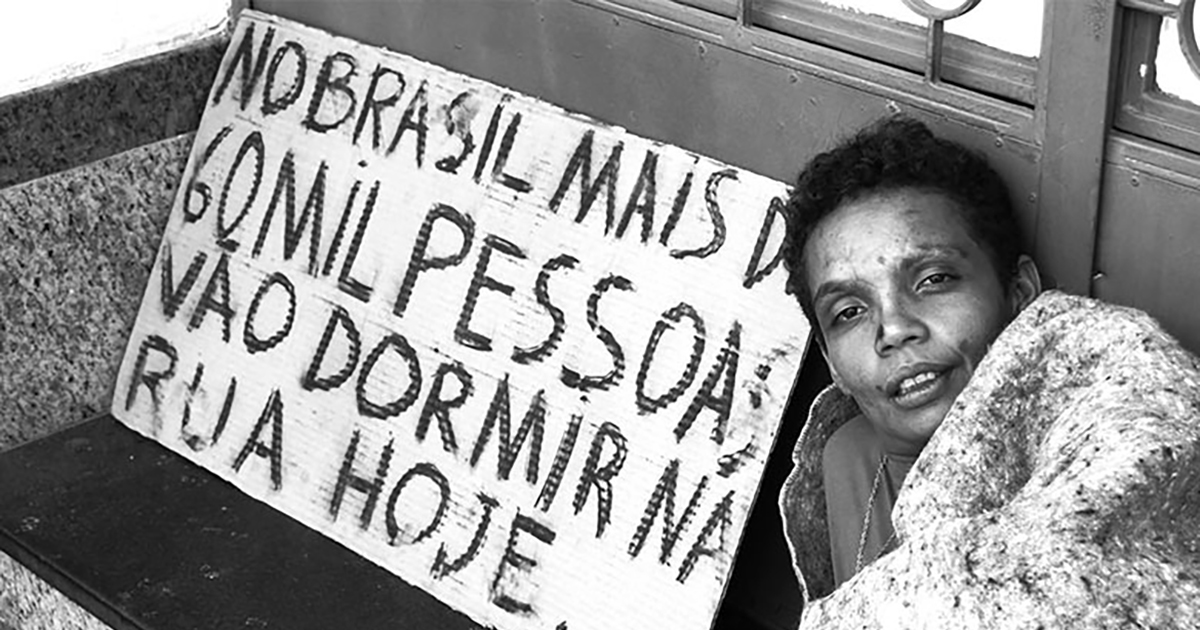This invisibility is also due to the lack of public policy in this area of homelessness.
With the passing of the years, the process of urbanization has expanded and as a result, the social problems have become more heightened and intense … this includes the situation of people living on the street (commonly referred to as homelessness). This situation has become so common that it is now found in large and small urban centers and at the same time, is a situation that is ignored day after day. This lack of visibility is related to people’s prejudice who judge the homeless as criminals. People do not understand that in many cases this marginalization is the result of weakened family relationships, chemical dependency, and a false sense of freedom that the streets offer. This invisibility is also due to the lack of public policy in this area of homelessness.
The lack of sensitivity on the part of society contributes to the permanence and the worsening of this situation. It can also be noticed that there is a great diversity with regard to the people who live on the streets: they are children, young men and women, adults and elderly … and many different realities have led them to this situation. In order to change this situation, expressions of solidarity are necessary. The process of reintegrating these individuals into society is complex and complicated by the fact that many people view the homeless as “lazy tramps”.
In addition to marginalization and a lack of empathy, another factor that contributes to this situation, is the lack of effective public policy. It is important to emphasize that attention to the human rights of these homeless individuals could offer these citizens a decent life. Nevertheless, the capitalist economy and ambitious individuals and institutions prefer to hide this inhuman reality — with the so-called “Hostile Architecture”, present in many large urban centers — instead of helping and encouraging the work of those who really want to and can do something, such as NGOs, churches, communities, volunteers, etc …
In light of this, it becomes clear that the freedom offered by the streets is a false and precarious freedom … people find themselves in the public eye and there is no privacy. In order to change and/or minimize this situation the support of the whole community (including public entities) is necessary. It would be interesting if Municipalities supported community projects and other services aimed at creating a sense of community, thus encouraging the participation of more people in the process of reintegrating the homeless back into society (helping people to live their lives with dignity and thus participate anew in society). Thus, there would be the possibility that the streets would become two-way streets, that provide the homeless with options.
 Bianca Aline Salamanca
Bianca Aline Salamanca
Secretaria de JMV – Provincia de Curitiba (Brasil)
Fuente: http://jmvbrasil.org/
Translated: Charles T. Plock, CM
Eastern Province, USA









0 Comments